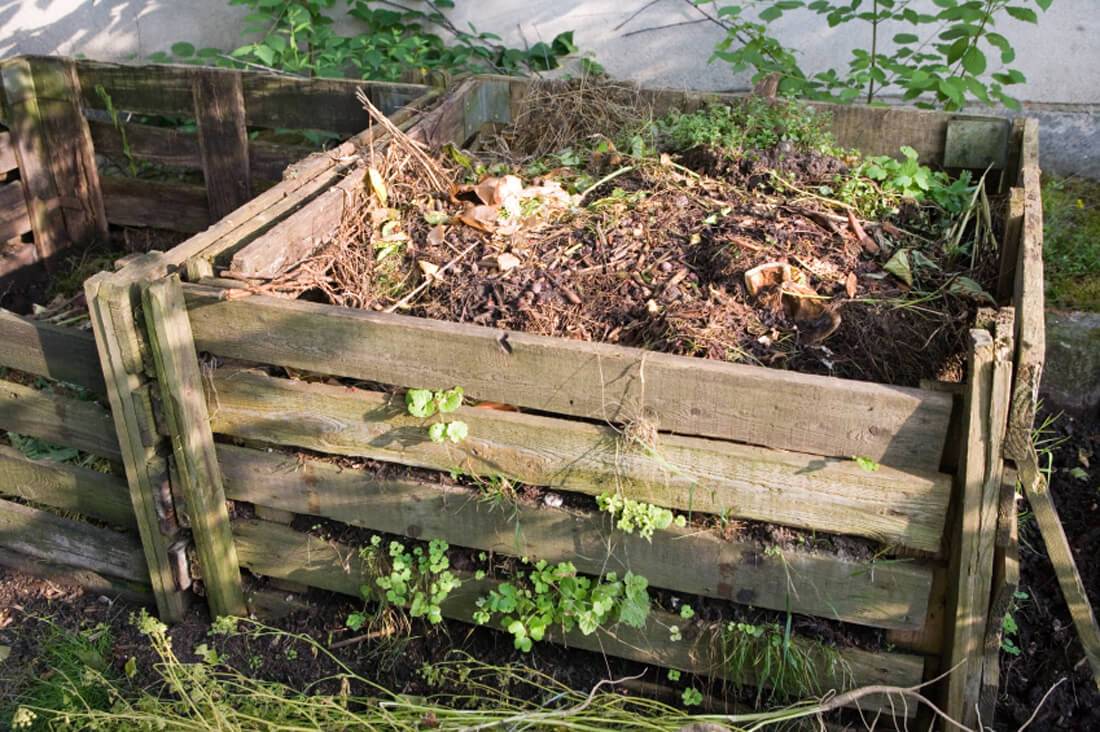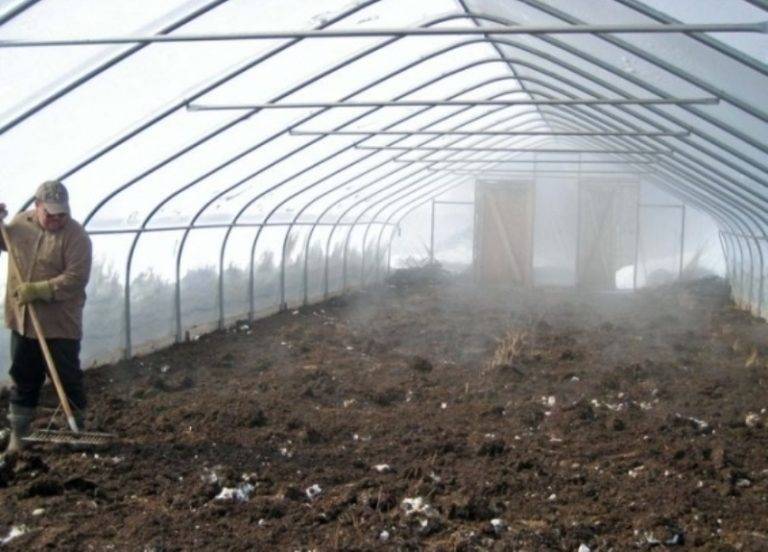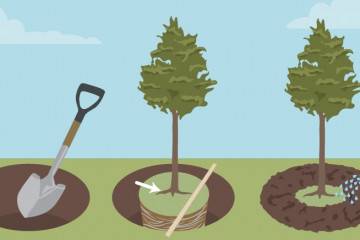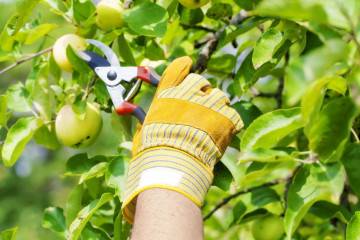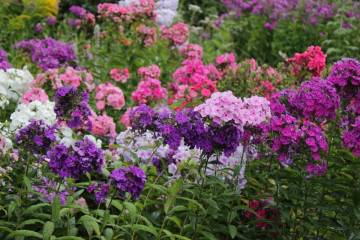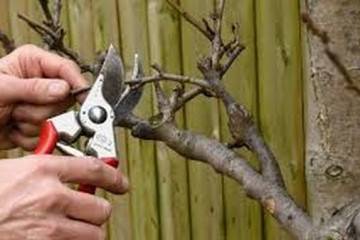Top dressing of fruit trees and shrubs in spring and fertilization of the soil
Content:
The health and productivity of fruit crops depend on many factors. In addition to abundant watering, good sunlight, plants need nutritious soil. Perennial plantings deplete the soil. Lack of minerals, nutrients negatively affects their health. The situation can be corrected by feeding fruit trees and shrubs.
Why do you need feeding fruit trees and shrubs in spring
After winter, trees wake up, they need a lot of strength to build up foliage, bloom flowers, form and ripen fruits. Therefore, it is so important to support perennials during this period. Top dressing of fruit trees and shrubs in spring is the most important stage of care.
Fertilizers and their effects
Fertilizer is a substance that improves the quality of the soil. Thanks to them, shrubs and trees receive all the necessary chemical elements for the full development of their system. Practice has shown that the correct use of fertilizers has a beneficial effect on the soil, yield and taste of fruits.
In modern agricultural technology, many types of fertilizers with a wide spectrum of action are used. They differ in shape, chemical composition, action and method of application. Every experienced gardener knows how to feed fruit trees in spring.
Organic fertilizers
Organic matter is considered the basis of agriculture. Its popularity is due to its effectiveness and safety for plants and humans. This group includes materials of animal and plant origin. In the process of their breakdown, minerals are released, and carbon dioxide accumulates in the upper layers of the soil, which plays an important role in photosynthesis. Organic matter increases the looseness of the soil, reduces its acidity, improves the transport of nutrients to the rhizomes. A big plus is that they are almost on every site: peat, mullein, manure, straw, food waste.
Feeding with compost
Compost is efficiently fertilized from food and vegetable waste in a simple way. When decomposed, it improves the quality and structure of the soil, saturates it with useful substances. Before use, decayed waste is crushed until a homogeneous friable mass is obtained.
Compost is applied in different ways. In early spring, it is scattered around the garden and the soil is dug to a depth of at least 5 cm. At the end of the season, a solution is prepared on the basis of compost. It is mixed with water, covered with a lid and insisted in a warm place for three days. Then the resulting solution must be watered the plants. Also, compost is added drop-in in circles near the trunk along the perimeter of the crown at a depth of 10 cm.
Mineral fertilizers
In terms of efficiency, mineral fertilizers are not inferior to organic ones. They contain useful substances that ensure the normal development and ripening of fruits. They are obtained by an industrial method from natural minerals. A wide variety of species allows you to choose them for different purposes.
They are divided into three types: potash, phosphorus and nitrogen. The popularity of this type of fertilizer is due to its ease of use, low prices, the ability to select the mineral composition for a specific soil and for different purposes.
Popular mineral fertilizers:
- urea, ammonium and sodium nitrate, ammonium sulfate;
- potassium chloride, potassium sulfate, superphosphate;
- nitrophoska, nitroammofoska.
It is convenient to use microfertilizer complexes. They contain all the necessary set of nutrients and vitamins. For shrubs and trees, use the "Oracle".
Top dressing with nitrogen fertilizers
Nitrogen fertilizers are of decisive importance in the process of plant development, their fruiting, therefore, gardeners regularly apply them to the soil. Top dressing of trees in spring is aimed at helping them and shrubs gain strength. At this time, if the plant does not receive enough nitrogen, then it will not be able to assimilate phosphorus and potassium. This can lead to its death or lack of harvest.
Top dressing with phosphorus and potash fertilizers
This type of fertilizer is very popular because it is very effective with minimal impact on the soil. Phosphorus and potassium are used alone or as complexes containing both minerals.
You can fertilize as follows. Minerals are instilled into the soil of the periosteal circle. This method prolongs the action of the minerals because they will gradually dissolve and nourish the root. They can also be used as a plant watering solution.
How to schedule your garden fertilization
Top dressing of trees and shrubs in spring will bring maximum benefit only if done correctly. In order not to forget anything, novice gardeners should draw up a fertilizer schedule in advance. This will allow them to feed the plants on time in the spring and fall seasons.
The first fertilization of the garden with nitrogen
To get a good harvest, it is important not to skip the first top dressing of the garden. It aims to provide plants with the nutrients necessary for awakening, bud formation, budding, and the first ovary. It is worth starting the tree and shrub care season with the introduction of nitrogen, which stimulates the growth of green mass. The procedure is carried out several weeks before flowering.
The urea solution is introduced into the trunk circle at the rate of 0.5 buckets per 1 m². You can also spray the plants.
Fertilizing the garden in April
When April comes around, the days get warmer, the plants begin to bloom profusely and grow foliage. They are especially in dire need of nutrients. The April work in the garden consists in loosening the soil and introducing organic matter, phosphorus and potassium. They are scattered on the soil around the tree and dug up. Phosphorus will help to strengthen the root system, and potassium will activate the growth of side shoots.
May fertilizers
In May, an ovary is formed, fruits are formed. The best food for plants during this period will be organic matter: biohumus, compost and humus.They can be replaced with mineral compounds. It is preferable to choose preparations with a predominance of nitrogen. Fertilization can be done in different ways, all of them will be equally effective. After the May feeding, they take a break for the summer, the next time the procedure is repeated when autumn comes.
Spring tillage in the greenhouse
Greenhouse work in the spring is aimed at improving soil quality, getting rid of pests and controlling weeds. If the soil was covered with mulch for the winter, then it is taken out of the greenhouse. It is especially important to do this if coniferous material was used, because it strongly oxidizes the soil. The land is loosened and fertilizers are applied (chicken droppings, humus, manure, potassium, phosphorus). The best period for such work is the end of March.
Features of fertilization of fruit bushes
The first feeding of shrubs is carried out in early spring, during the period of active plant growth. It is recommended to combine fertilization with watering. Nutrients are evenly distributed around the entire perimeter of the trunk circle. Before fertilizing, plants are watered abundantly to prevent root burns. All care manipulations are carried out in the morning or in the evening on a cloudy day.
If the bush was fertilized in the fall, then the first spring fertilization is skipped, and in May the procedure is carried out according to the schedule.
Spring feeding of seedlings
In the first years after planting, the young seedling must be fed regularly. It will take root faster and will grow well in soil rich in useful nutrients. It was during this period that plants are actively developing, gaining strength. Their health and productivity are directly dependent on what they received in the first years of their growth. Therefore, the main task of the gardener is not to ignore the spring feeding and other gardening procedures.
Foliar nutrition
Plants are sprayed with low concentration rainwater fertilizers. The procedure is carried out early in the morning or in the evening, after watering the trees. The solution should not dry out quickly, because it gradually penetrates the plant tissues. It is best to use a small droplet spray bottle.
This method of fertilization is used when a quick result is needed. Many gardeners have proven the effectiveness and efficiency of this method. Its main disadvantage is the limited amount of substances that can be used for spraying.
Root "nutrition" of trees
This method ensures effective absorption of minerals by the rhizomes. With root feeding, fertilizers are applied to the trunk circle. The choice of nutrients depends on the season, soil type and plant species. For root nutrition, organic, mineral fertilizers are used.
Regular feeding of fruit crops is a guarantee of their good health. Trees and shrubs that receive nutrients normally develop well and give rich yields.

